My father grew up on a small farm in Toppenish, Washington during the depression. On that farm, his Danish grandfather raised rabbits. My grandmother would want rabbits for dinner, so would tell the little boy to say “kanin” and make chopping motions to his grandfather, who didn’t speak a word of English. In this way, the family enjoyed meat on their plate when city-dwellers had none. He remembers it being delicious. Likewise, my cousin said their large family grew up eating rabbit and she loved it. Rabbits were cheap to keep, could be eaten only 10-12 weeks after birth and bred like…well…rabbits.
I never had the thought of eating rabbit or encountered the opportunity until I lived in Montreal for some years. I caught a glimpse of the creature, looking exactly like a skinned cat in the grocery butcher shop. It both frightened and nauseated me to see a food animal looking so much like an actual animal. I never partook and was happy that it was never served when I was a guest. (By the way, they also had horsemeat in Montreal stores. Fortunately unrecognizable.)
But now I live in Portugal and eating rabbit is the quite ordinary here. My friends’ parents raise them and, when they have us for dinner, they make a nice rabbit stew. I tried not to think of this wee bunny’s fate as I cuddled him, but couldn’t resist naming him Hors d'oeuvre.
If one doesn’t grow their own bunnies, fresh—and I do mean fresh—rabbits can be found in the weekend markets in the section I, in stubborn denial, call “The Petting Zoo.”
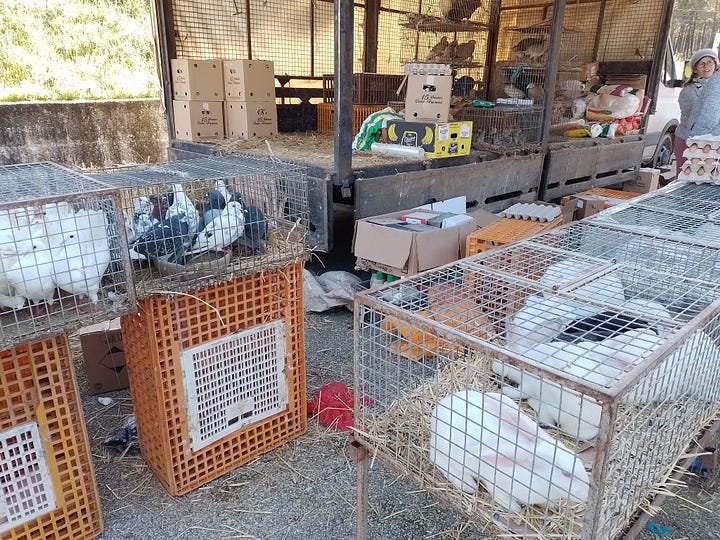
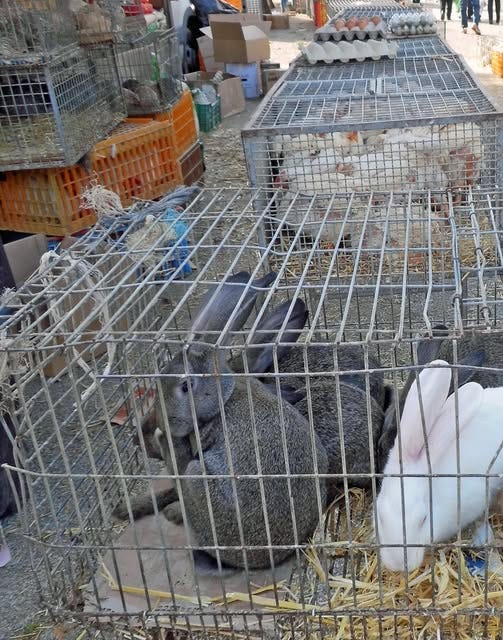
If you aren’t the type to slaughter an animal, they are readily available at all supermarkets, where they are as ordinary as chickens and turkeys in the butcher section. Why, you might ask, do they leave the little heads on with those pleading eyes bulging out, their hands folded in prayer? I found out that the Portuguese housewife insists on it. If they don’t see the head with the ear stubs showing, they will suspect the animal in question is a cat, an animal they do not eat. (Note that the head and feet of the chicken are attached.)
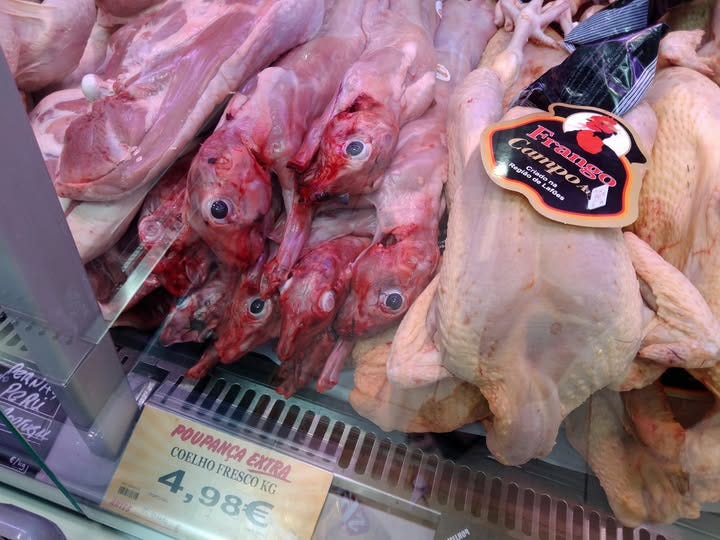

My biggest hurdle as a chef is looking at and handling meat. I could easily be a vegetarian for that reason alone. I do not like my meat with the animal attached. I like my meat cut into pieces that no way resemble an animal and all identifying anatomy removed: heads, feet, eyes, paws, necks, pink little naked bottoms, tails, etc. I like generic pieces of flesh to be packed into styrofoam and wrapped in cellophane. Sterile. When I am prepping farm fresh chickens, Craig has to cut the head off. Those accusing eyes…..

But, you might wonder, do I now eat rabbit? I do. While I’ll never buy and prepare it myself, I enjoy it when we are served this dish in Portuguese homes. And whether it’s cut into pieces like chicken or cooked in a stew, the Portuguese have mastered the art of making this dish really hop.








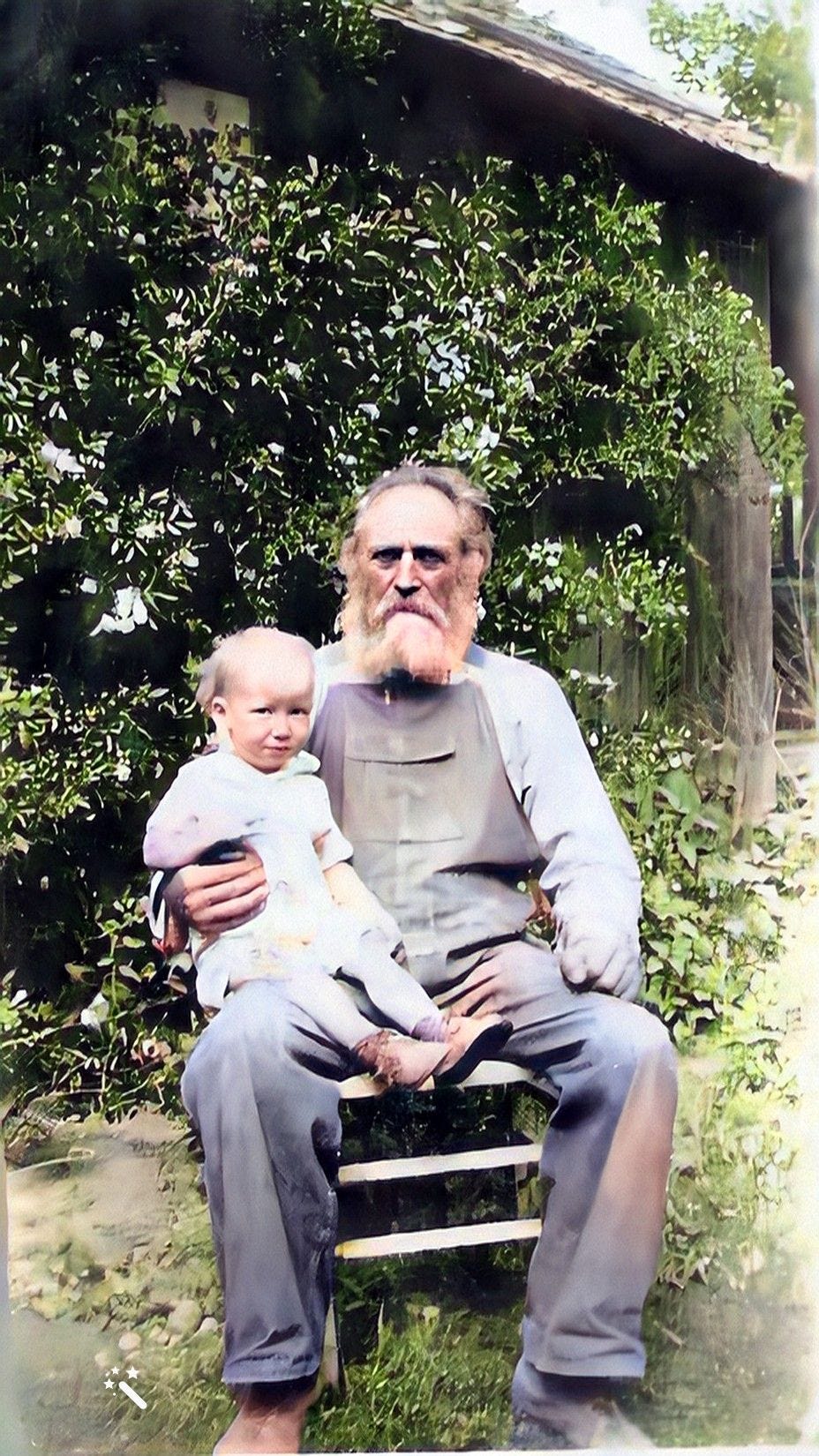
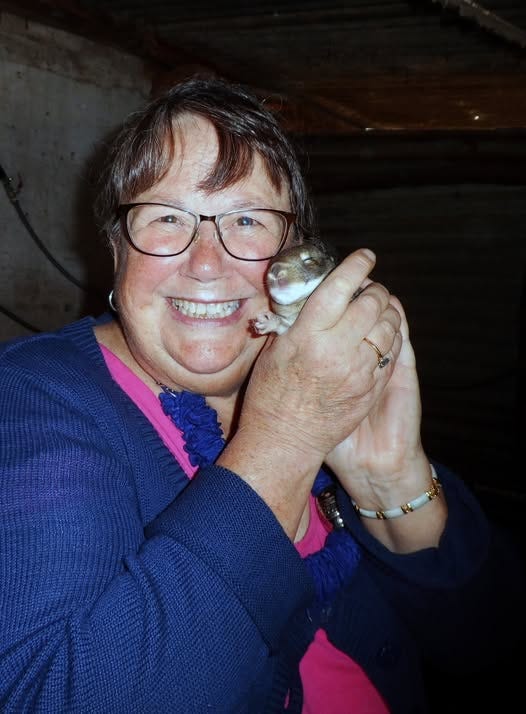

I've often thought that if people had to personally kill the animal that they want to eat, we would have a lot more vegetarians! We did it growing up on a farm in Wisconsin, but I couldn't do it now.
The question I have is, does it taste like chicken?
I prefer not knowing where the meat comes from, but I have delicate taste buds.